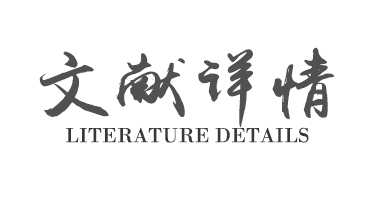研究目的:
Study Background: Diabetes mellitus (DM) is a major non-communicable disease. Diagnosis and self-management of DM is important. Currently, detection of diabetes requires blood tests, which is costly and inconvenient, especially for elderlies.Tongue diagnosis has been used in Chinese medicine as a routine diagnostic method, and it has recently been studied for detection of DM and diabetic retinopathy (DR). We have developed a method for taking tongue images using smartphone, which can reveal more detailed features than conventional clinical tongue inspection. There are many limitations of the preliminary study. Therefore, it is our plan in this study to address these specific limitations with the following objectives. The results of this study will enable us to develop a practical App for diabetes screening and monitoring. Study Objective The aim of the study is to develop an algorithm for diabetes screening, with the following objectives: 1. . To determine the sensitivity and specificity of tongue images taken with smartphone in predicting abnormal HbA1c (≥6.5%); 2. To determine tongue image features responsible for the classification of normal and abnormal levels of HbA1c (≥6.5%); 3. To determine the sensitivity and specificity of tongues image in predicting four different levels of HbA1c: <6% (normal), 6-6.4% (prediabetes), 6.5-8.9% (diabetes) and ≥ 9% (diabetes with high HbA1c); 4. To determine the sensitivity and specificity of combining image analysis results with the results from a TCM symptom questionnaire in predicting the four levels of HbA1c. Hypothesis: Our working hypothesis is that different tongue coating features may be associated with different stages of diabetes, as indicated by different levels of HbA1c;and different combination of symptoms from a TCM point of view may also be associated with different levels of HbA1c. Thus, combining tongue image with TCM symptoms may allow a machine learning model to build an algorithm for HbA1c prediction with reasonable accuracy. Inclusion criteria: The inclusion criteria is adult subjects with HbA1c test results from a laboratory that meets the ISO 15189 standard, such as those laboratories used by the Hospital Authority of Hong Kong. Exclusion criteria: Subjects who are unable to give consent, unable to answer the questionnaire or to cooperate in tongue image collection will be excluded. We will not include subject who are unable to understand written Chinese or English. Study design: This is a cross-sectional design looking at the relationship between tongue image pattern and HbA1c reading. Age, gender, weight, height , duration of diabetes, family history of diabetes and any comorbid disease will be recorded. The level of hemoglobin and blood lipid profile will also be recorded if the information is available. Any acute repertory or digestive illness, as well as smoking habits will also be noted. An electronic questionnaire (using Qualtrics survey software) based on published TCM symptoms of diabetes and the abovementioned information will be used for data collection. Data processing and analysis 1. Tongue segmentation The images containing the tongue and its surrounding area will be processed for segmentation of the tongue area. This segmentation is carried out by a computer algorithm developed in-house by machine learning. 2. Machine learning Two approaches will be used in machine learning. In the first approach, we will first perform image classification of either normal or abnormal HbA1c and generate the probabilities for the classification using convolutional

